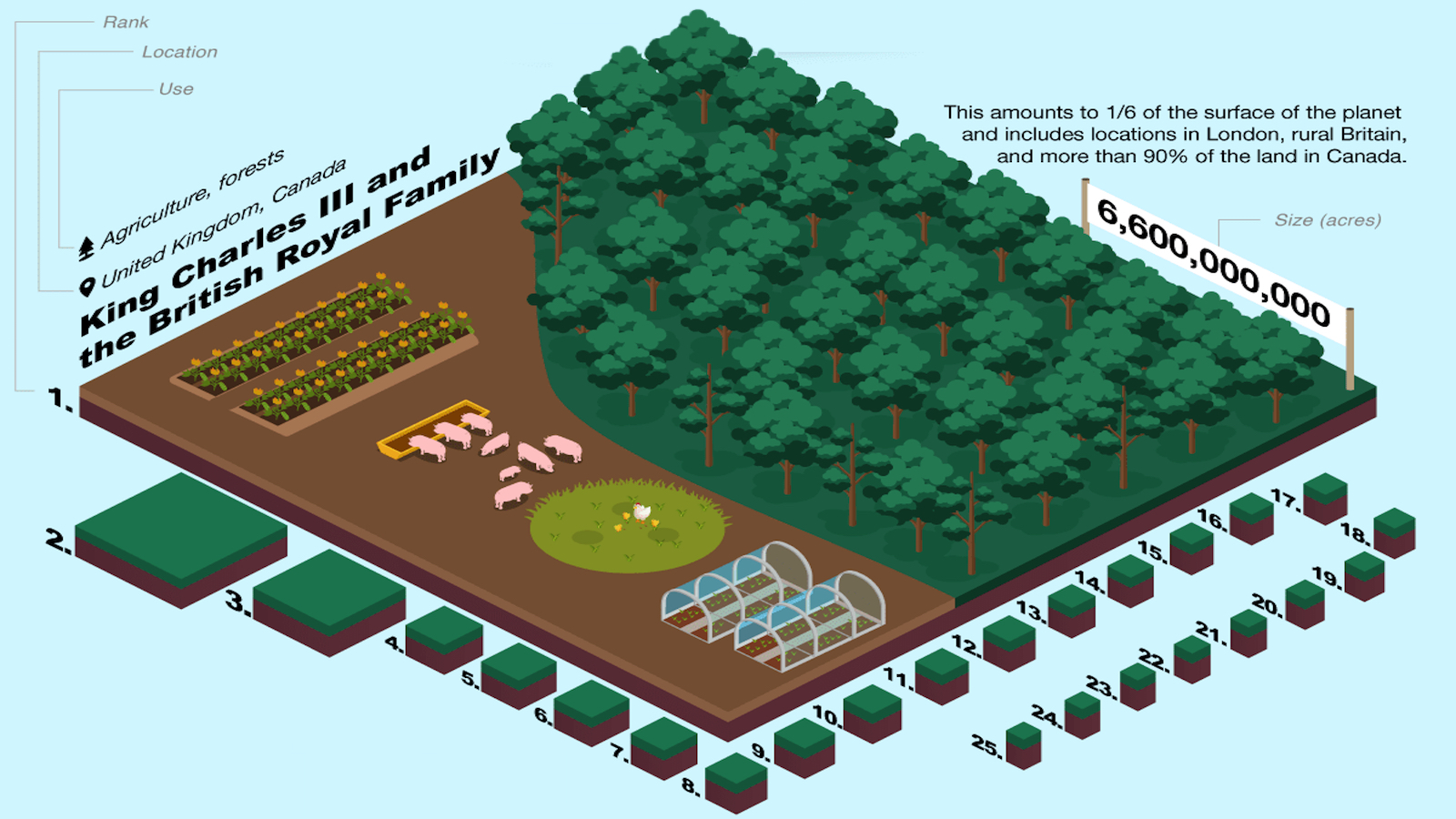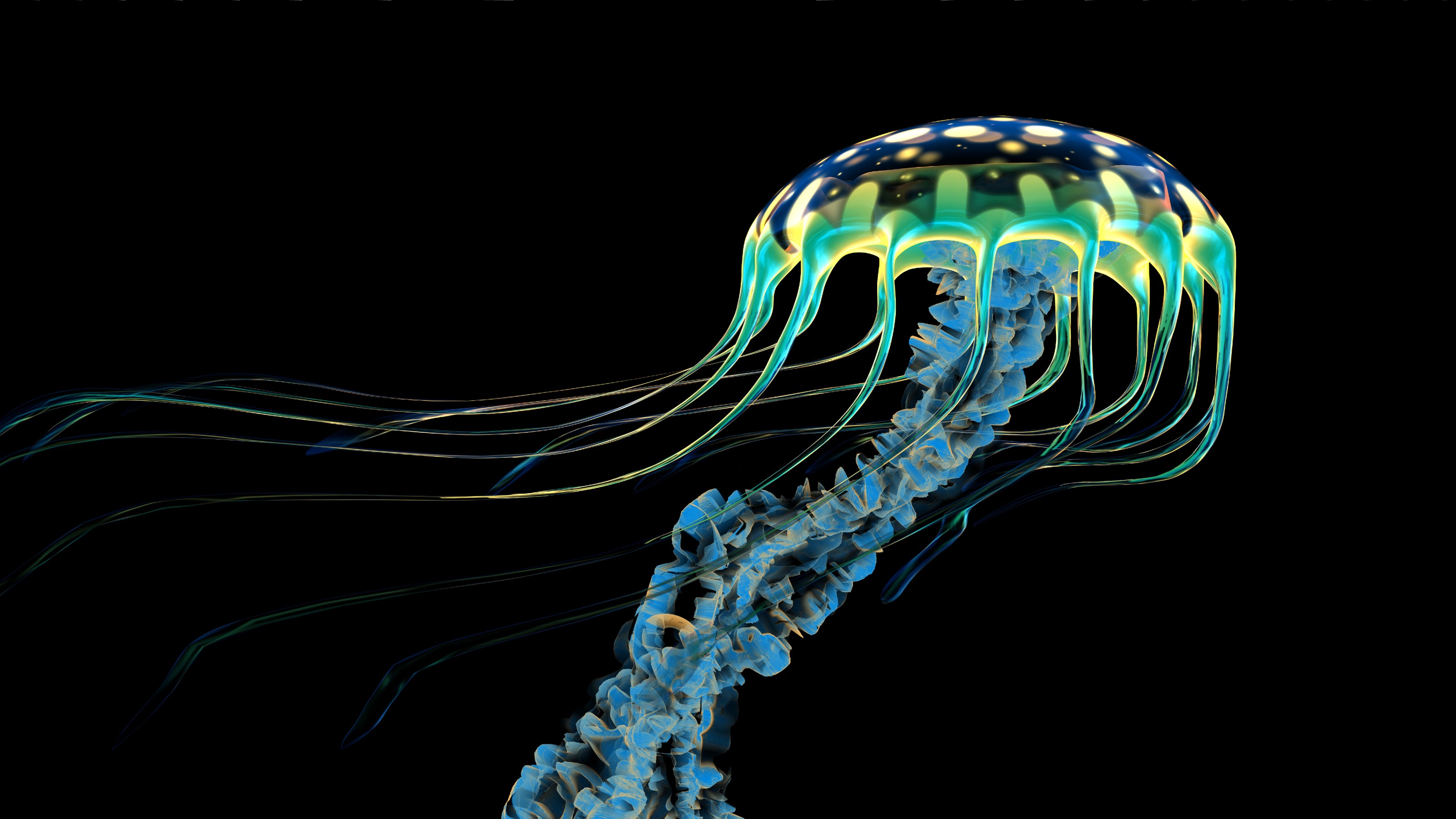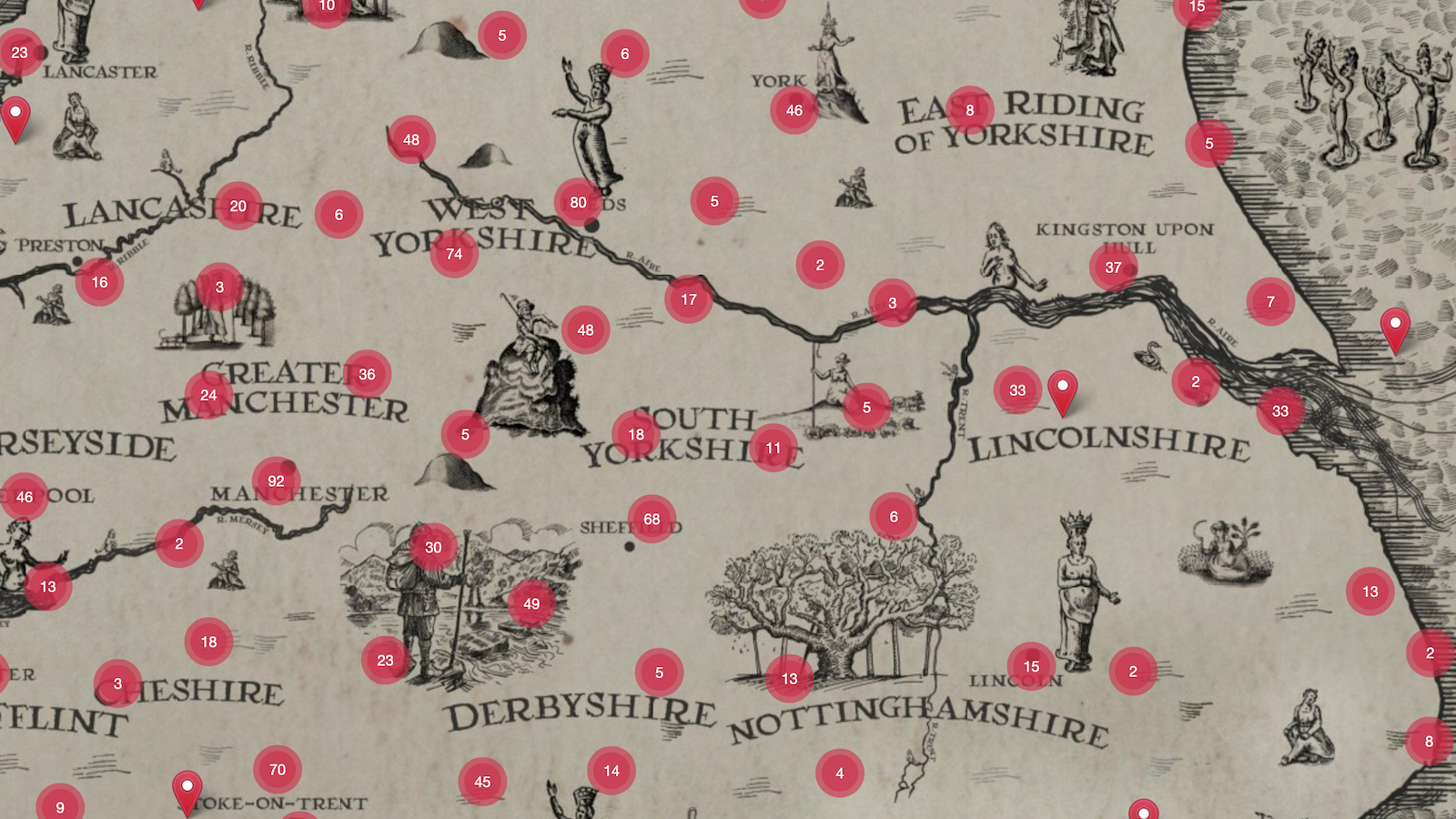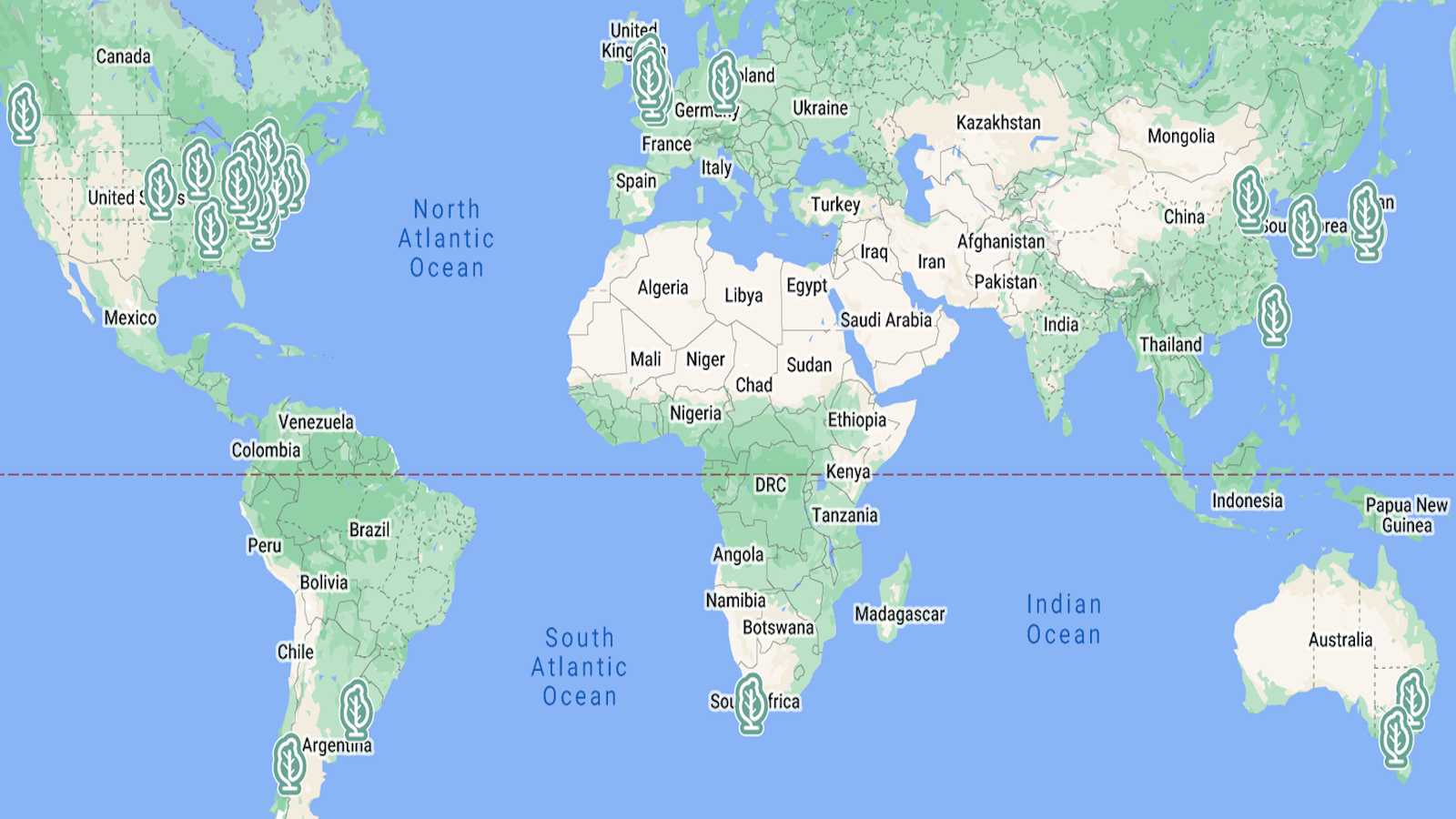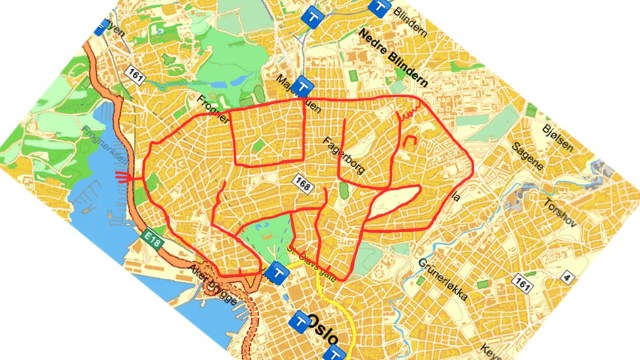435 – A Piccadilly Fantasy: London in 2050
n
So it’s 2010, and we’re not living on Mars, nor even zipping through the sky in flying cars. But neither do we have to bow to our new insect overlords. The promises (and threats) of the future never quite materialise how we once imagined them.
n
The current paradigm of futurism is of impending climatological doom – a secular, scientific eschatology with clear religious overtones, in the public’s mind replacing earlier concepts of nuclear Armageddon (and of course competing with the ‘original’, Biblical End Times).
n
That present-day environmentalist prism through which we view the future is illustrated nicely by this map of London in 2050. This Fantasy Piccadilly Line, by artist Nils Norman, is a variation on posters highlighting the tourist attractions above the actual Underground lines. This way of linking tube stations to the actual street plan of London is an interesting departure from the usual diagrammatic presentation of the Tube lines (i.e. the Harry Beck map).
n
Mr Norman’s map “shows a mixture of unrealised and fantastical buildings and systems alongside images of other artists’ proposals. The map presents a vision of London as an ecological haven inhabited by Utopian and Dystopian machinery as an alternative to the more typical view of a city dominated by tourist attractions.”
n
In the background are the North London Turbine Fields. A forest of wind turbines is also collectively known as a wind farm. Such farms are a popular method of creating energy in an environmentally responsible (non-carbon, renewable) way. Popular, that is, except with people near projected farms who often cite the visual impact as an objection to the projects. As of January 2010, UK wind energy capacity topped 4 Gigawatts in over 270 wind farms, equalling over 1.5% of the total electricity generated in the UK.
n
Four biosphere complexes dominate the map, a luxury residential one in Islington (obviously still posh 40 years from now) near Holloway Road tube station, an art fair and creative one in Regents Park, and two further ones in the City and South Chelsea (just south of Earls Court and Barons Court tube stations). The original ‘biosphere’ is the sum of all the Earth’s habitable zones. Artificial biospheres, like the Eden Project in Cornwall (on which the domes in this picture are modeled) are designed to sustain closed ecosystems in an inhospitable outside environment.
n
The fancy district of Mayfair seems to have gone down in the world by 2050. North of the Green Park tube station are half a dozen stark, green housing towers, doubling as algae factories. Algae are fast-growing organisms that can turn sunlight into chemical energy while absorbing CO2 from the air, enabling the production of biofuels. Further algae production is taking place in the Chelsea Algae Ponds, just south of South Kensington tube station, and in the West London Algae Ponds to the north of Earls Court Road.
n
Nearby Hyde Park (and Kensington Gardens) have been turned into Hyde Park Adventure Playground, while across from Hyde Park Corner there is the St James’s Park and Buckingham Palace Gardens Adventure Playground Chain. One has to assume the Royal Family has been persuaded to open up the gardens of its palace to the public – or that the public has decided to do away with them. Towards the river, we have Cedric Price’s Fun Palace, Mike Webb’s Sin Centre and the Westminster Bog and Wetland Chain (again, one has to assume that the Houses of Parliament have been generous with their property, or have been chased off it). Nextdoor, in the still-political village of Westminster, are the orwellian Ministries of Truth, Love, Peace and Plenty.
n
Further to the south again, just off Gloucester Road tube station, is an impressive, mushroom-shaped water tower dominates the skyline (Others are scattered further west throughout the city). Nearby is the Geothermal Energy, Vegetable Oil Refinery and Entertainment Platform West 2 (next to a round pond named after its postcode, Local Reservoir SW3; others are scattered throughout the city). The Geothermal Energy Platform and Shopping Centre West 1 is located just off Old Brompton Road, towards the South Chelsea Biosphere. In the map’s bottom left corner is the intriguing Hammersmith Mushroom Facility. Mushrooms, while not known for their biofuel-producing capacity, can be consumed for mind-altering purposes (some varieties at least).
n
Curious monuments grace the city: two tripods astride Earls Court, with tentacles menacingly reaching down to street-level – one imagines to snatch up the last remaining smokers. Rob Herron’s Walking City – a wheeled behemoth astride the West London Algae Ponds rivals the bizarreness of Claes Oldenburg’s London Knees, near the Ministry of Truth. Looking like a stack of sugarcubes, a Super Studio half in Hyde Park is close by Thomas Affleck Greeve’s self-referential Design for a monument to architecture. Weirdest of all, behind the wind farm in the distance, a flying city floats through the air.
n
Well – maybe we’ll live to see the day…
n
This map found as a pdf on this page of Thin Cities, a subpage of Transport for London’s website dedicated to the art projects celebrating the Piccadilly Line’s 100th birthday in 2006/2007.
n


